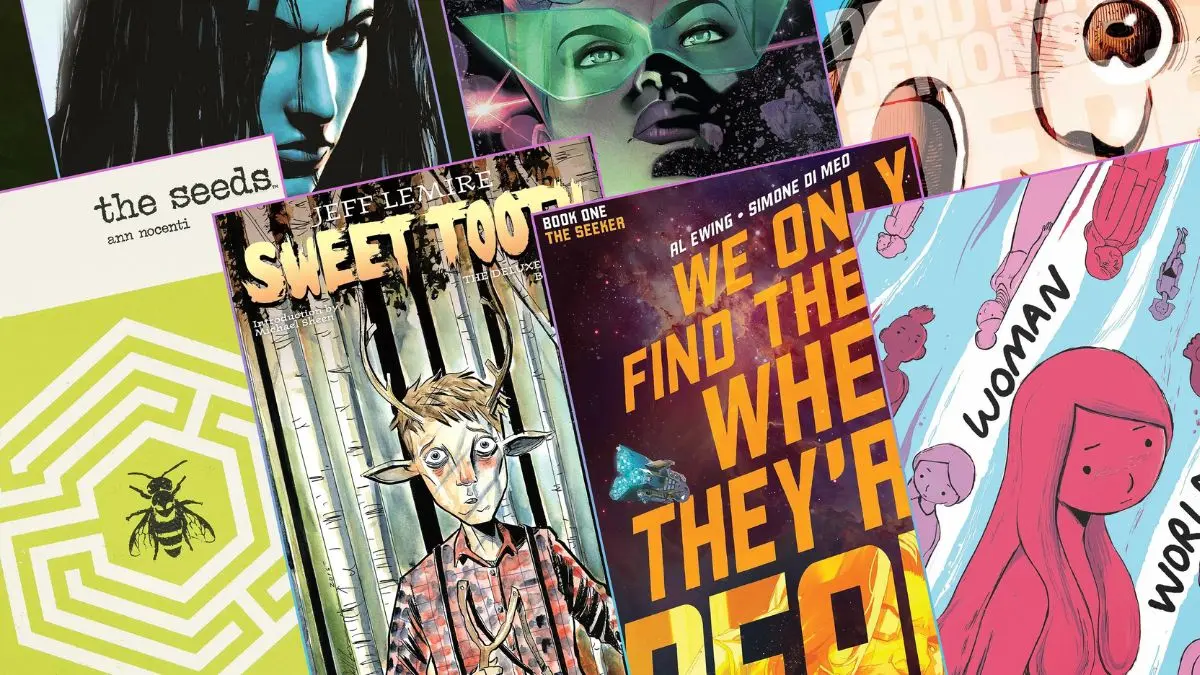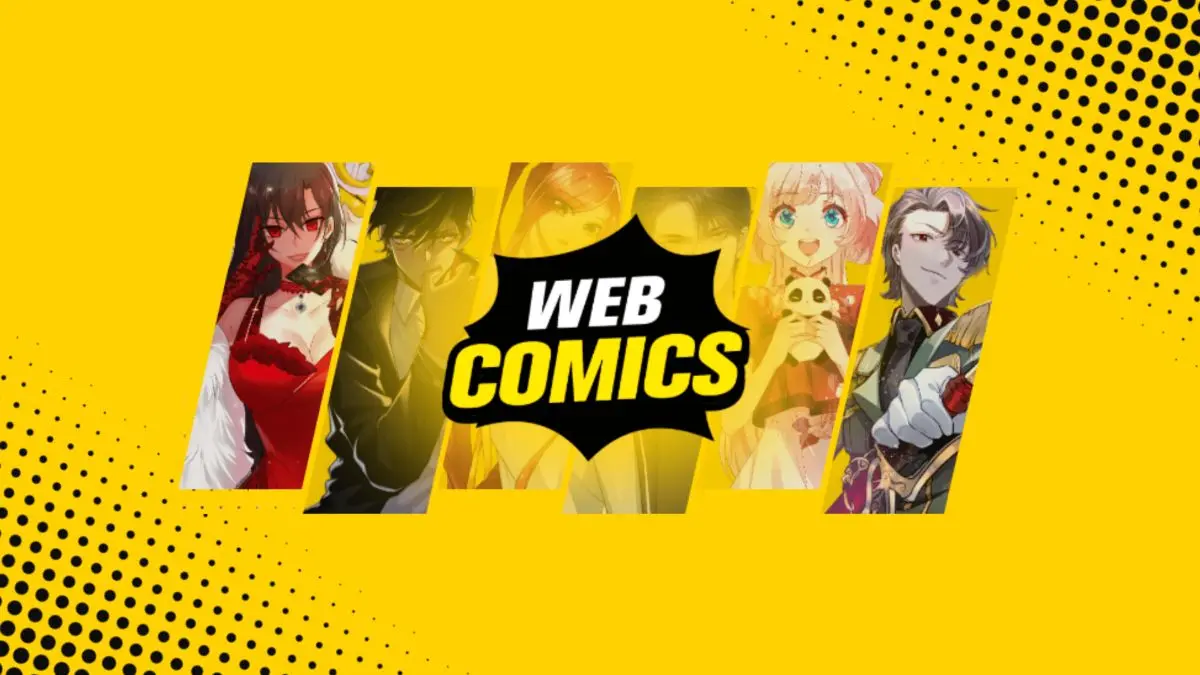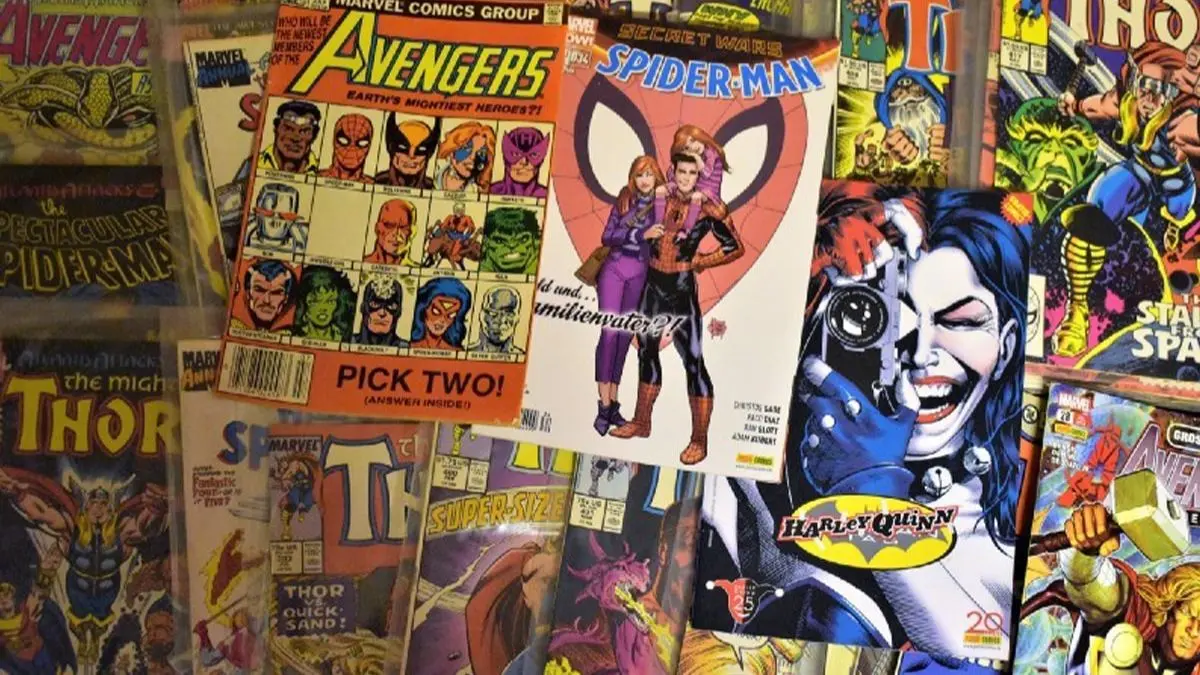The comic book industry has traditionally thrived on print media, but with the advent of the internet and digital platforms, the landscape is shifting rapidly. Webcomics, which are comics published online, have introduced a new way of storytelling that challenges the conventions of the print comic industry. Accessible, diverse, and often free to readers, webcomics are transforming the comic industry in significant ways, from reshaping audience demographics to enabling independent creators to reach global audiences. This transformation by webcomics is not only broadening the comic industry’s reach but also redefining what it means to be a comic creator in today’s digital age.
How Webcomics are Transforming the Comic Industry
1. Widening Accessibility and Democratizing Content
One of the biggest impacts of webcomics is the sheer accessibility they offer. Unlike traditional comics that require a trip to the comic store or a subscription to a magazine, webcomics are available online, often for free or with low-cost subscriptions. Platforms like Webtoon, Tapas, and LINE Manga have made it easier than ever for fans to access a wide range of content from various genres and creators worldwide.
Take Webtoon, for example, one of the largest platforms for webcomics globally. By providing free access to thousands of titles, Webtoon has attracted millions of users who might never have ventured into a comic book store. Titles like Lore Olympus by Rachel Smythe have garnered millions of views and a massive following, allowing creators to reach a previously untapped audience. This accessibility breaks down barriers to entry for readers, allowing more people to enjoy comics without needing to invest in physical copies.
2. Increased Diversity in Storytelling and Genres
Webcomics have given creators the freedom to explore diverse genres and narratives that may not have found a place in the traditional comic book industry. While print comics have historically leaned towards superhero stories and other mainstream genres, webcomics cater to various tastes, from romance and slice-of-life to horror, fantasy, and everything in between.
This freedom has led to the success of webcomic series like Heartstopper by Alice Oseman, a coming-of-age romance that has since been adapted into a successful Netflix series. Such webcomics have touched audiences worldwide, emphasizing LGBTQ+ themes, cultural diversity, and other underrepresented voices. This variety in content not only draws in a broader audience but also reflects a more diverse range of perspectives, appealing to readers who may not have found similar content in print comics.

3. Empowering Independent Creators
For a long time, the comic industry was largely dominated by major publishers like Marvel, DC, and Dark Horse, making it difficult for independent creators to break into the scene. Webcomics have changed this dynamic, allowing anyone with an internet connection and creativity to publish their work. With minimal financial investment, creators can reach readers directly, without the need for a publishing house or distributor.
Platforms like Tapas and Patreon have made it possible for creators to monetize their webcomics by offering exclusive content or early access to subscribers, giving creators financial independence and freedom to experiment. This has allowed webcomic creators to build their own fanbases and develop their storytelling skills. The success of Sarah’s Scribbles by Sarah Andersen, a webcomic about the quirks of adult life, shows how independent creators can thrive outside of traditional publishing and amass a large following based purely on the strength of their content.
4. Innovating Formats and Visual Styles
Webcomics are not bound by the physical limitations of printed pages, which has led to creative experimentation with formats and visual storytelling. Many webcomic platforms utilize a scroll format instead of traditional pages, allowing creators to control the pacing of their narratives in unique ways. This format, particularly popularized by Webtoon, allows creators to incorporate suspenseful pauses, uninterrupted action sequences, and dramatic reveals more effectively than in print.
For instance, the webcomic Sweet Home by Carnby Kim and Youngchan Hwang uses vertical scrolling to intensify the horror and suspense, creating a more immersive experience for the reader. This innovative format has helped creators explore new storytelling techniques that are visually engaging, further establishing webcomics as a distinct medium within the comic industry.
5. Reaching a Global Audience and Bridging Cultural Gaps
Webcomics have a global reach that traditional comics often struggle to achieve. With the ability to be easily translated and shared across borders, webcomics expose readers to stories from different cultures, bridging the gap between creators and audiences worldwide. International platforms, particularly those based in South Korea, China, and Japan, have introduced readers to webtoons, manhua, and manga that would otherwise be challenging to access.
Tower of God by S.I.U. and The God of High School by Yongje Park, both South Korean webcomics, gained massive popularity internationally through Webtoon before being adapted into anime series. The success of these titles illustrates how webcomics are bringing global stories to the forefront, with international readerships embracing content that expands their cultural horizons.

6. A Flexible Revenue Model for Creators and Publishers
Another revolutionary aspect of webcomics is the flexibility in monetization options. Unlike traditional comics, which rely heavily on sales and subscriptions, webcomic creators can diversify their income streams. Many platforms support an ad-based revenue model, allowing creators to earn income without charging readers. In addition, creators can leverage crowdfunding, merchandise sales, and premium content on sites like Patreon to generate income.
The popularity of Lore Olympus not only stems from its engaging narrative but also from its successful merchandise line, which includes everything from clothing to books. This additional revenue stream enables creators to sustain their work, providing fans with additional ways to support their favorite series. This flexible approach to monetization empowers both creators and readers, reshaping the traditional economic model of the comic industry.
7. Bridging the Gap Between Traditional and Digital Comics
Webcomics are also transforming the comic industry by bridging the gap between digital and traditional comics. Many webcomic creators have found success in both the digital space and in print. Heartstopper and Lore Olympus, both popular webcomics, have been published in physical book formats, proving that digital success can translate into print. These publications have shown that webcomics can coexist with traditional comics, creating a symbiotic relationship where both digital and physical formats benefit each other.
Furthermore, traditional publishers are recognizing the value of webcomics, and some have started to recruit popular webcomic creators to bring fresh perspectives to their lineups. For instance, Marvel and DC Comics have collaborated with creators who initially gained fame through webcomics, bringing in unique storytelling styles and diverse narratives to their franchises.
Conclusion
Webcomics are reshaping the comic industry by introducing a new wave of storytelling that prioritizes accessibility, diversity, and innovation. By giving creators a direct path to audiences, enabling varied genres, and utilizing unique storytelling formats, webcomics are drawing in readers who might never have engaged with traditional comics. As this transformation continues, webcomics and traditional comics may continue to merge, creating a richer, more inclusive comic landscape that serves a wider array of interests and perspectives.
Also Read: The Impact of Japanese Manga on Western Comics



